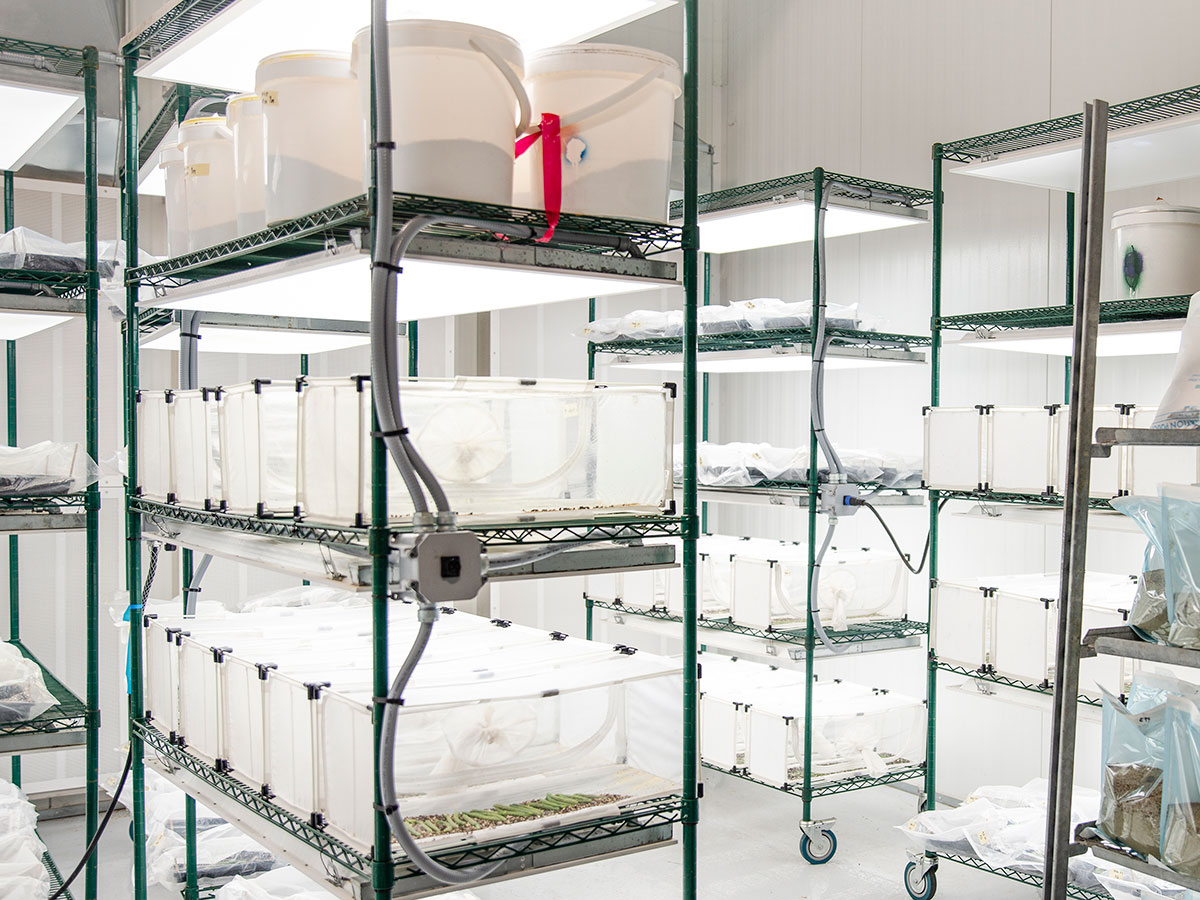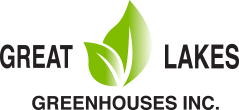Our greenhouse are run entirely off the grid as 100% of the electricity the farm uses is produced in-house via an efficient cogeneration system run on natural gas. The system produces over 5.5 megawatts of energy, powering our cutting-edge growing process using LED technology and innovative techniques.
As reducing our carbon footprint continues to be a primary focus for us, we have incorporated processes to recover all the heat from our modern boilers and use it to heat portions of our greenhouses. Using recycled and purified water throughout our farm further supports our goals to be as efficient as possible.
Our commitment to sustainability doesn’t stop there; our farm employs holistic growing practices where we incorporate nutrients from animal compost and vegetable sources into the soil to nurture future harvests. We have also introduced bee colonies into our greenhouses to achieve natural pollination while at the same time expanding our beneficial insect production. By growing and raising our own beneficial insects on-site, we can use them extensively throughout the greenhouses to help control pests naturally, reducing disease and pesticide use.






